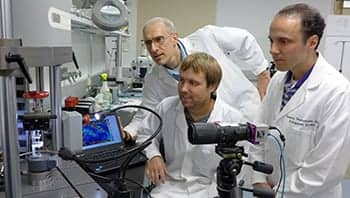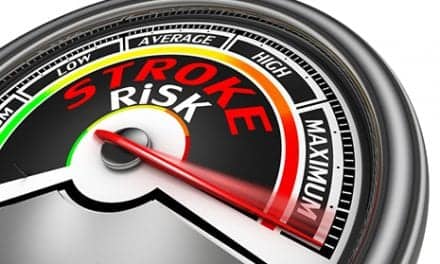Researchers at Washington University in St Louis have developed technology that is able to identify weak spots in muscles, tendons, and bones prone to breaking or tearing using algorithms. The technology, which needs to be refined before being used in patients, may eventually help pinpoint minor strains and small injuries in the body’s tissues before more significant problems occur. John J. Boyle, first author of the paper and a biomedical engineering graduate student, combined mechanical engineering fundamentals with image-analysis techniques to create the algorithms, which were tested in different materials and in animal models.
As tendons are frequently stretching and bones are frequently bending during daily activities, Stavros Thomopoulos, PhD, explains, “Small cracks or tears can result from these loads and lead to major injuries. Understanding how these tears and cracks develop over time, therefore, is important for diagnosing and tracking injuries.” As such, Thomopoulos and his colleagues developed a way to visualize and even predict spots where tissues are weakened, according to a Newswise news report.
Boyle says, “The new algorithm allowed us to find the places where the tears were beginning to form and to track them as they extended. Older algorithms are not as good at finding and tracking localized strains as the material stretches. The Newswise news report indicates that one of the two new algorithms is 1,000 times more accurate than older methods at quantifying large stretches near tears and small cracks, and a second algorithm has the ability to predict where cracks and failures are likely to form. Guy Genin, PhD, co-senior investigator of the study, states, “This extra accuracy is critical for quantifying large strains. The new algorithms can distinguish the noise from true regions of large strains.”
Thomopoulos works with Genin to study the shoulder’s rotator cuff, as the researchers want to learn why some surgeries to repair rotator cuff injuries ultimately fail. The researchers believe the new algorithms could help them get closer to the goal of increasing the odds that shoulder tissue will heal following surgery. Genin adds that another goal of the study is to better understand how forces at work on human tissue cause stress and injury.
Genin says, “Whether it’s a bridge or a tendon, it’s vital to understand the ways that physical forces cause structures and tissues to deform so that we can identify the onset of failures and eventually predict them.”
Photo Appears Courtesy of Washington University in St Louis
[Sources: Washington University in St Louis, Newswise]





